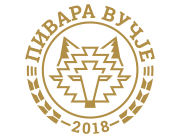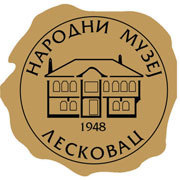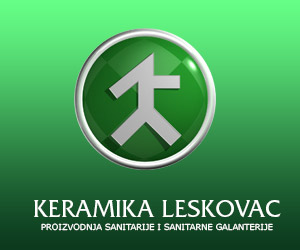For decades now, the small town of Leskovac has been living in remembrance of a golden age, the age of the, “Serbian Manchester." The dilapidated facades of at one time grand palaces from the time between the two great wars bear testament to the fact that it was once a place where people worked earnestly, built on par with Europe and where for a few, life was truly comfortably.

In the period following the liberation of Serbia in 1878, Leskovac was the second city, directly after Belgrade in terms of the number of craftsmen and merchants available therein and, if we take into account that the latter had three times the population of Leskovac at the time, it could be surmised that Leskovac was indeed the largest bazaar in the centre of Serbia.

Aside from the business and strictly formal life, there was another, completely different side to Leskovac... one of good humour, stubbornness and defiance. It is that of a small and, in a social sense, a closely knit Manchester, filled with tasteful fricassee, stew and stuffed peppers, fatty pies, hot sausages and the specialty, “kebabs,” amongst a multitude of various other snacks.

Industrials, merchants and craftsmen represented the backbone of this successful period and, during the golden ear between the two wars, were counted amongst the better known, more prominent citizens of Leskovac. On account of their efforts, particularly in the period between 1918 and 1941, Leskovac in the late 19th and early 20th century had became the second city after Belgrade in terms of financial and industrial strength and had overtaken the capital in becoming the city with the highest rate of development in the country.

Within the newly formed Kingdom of Serbs, Croats and Slovenes (Yugoslavia), Leskovac remained the administrative centre of the Leskovac district (Jablanicki district) which in turn belonged to Vranje’s district (Pcinski district) with 13.721 inhabitants (out of whom 6.839 were male and 6.882 female) in 2.898 homes according to the census of 1921; Leskovac was the twelfth largest city in terms of size within Serbia at that time.

In late February and early March, a special type of entertainment for the evenings were the carnivals, when traditional carnivals with their traditional Carnival customs, “lamkanjem jaja,” were organized.
The first carnival in Leskovac – The Wedding of Prince Marko – was organized and performed by members of the, “Momcilo,” club on Poklade (Trick or treat) day in 1929.

The period between the two World Wars represents a time of intensive development as concerns the city of Leskovac. Its urban character is changed; Turkish cobblestones are replaced by cubes and asphalt. The city was expanding; new facilities were being built; the process of converting Leskovac from the Oriental Market into a modern European city with a city centre was accelerating.

European fashion was introduced to Leskovac through traders and students who brought it back with them from their journeys to the capitals of Western and Central Europe. Various fashion magazines and journals, such as, “Zena i svet,” (Woman and the world) and, “Ilustrovane novine,” (Illustrated newspaper) aided in the introduction of new fashion trends.






















































